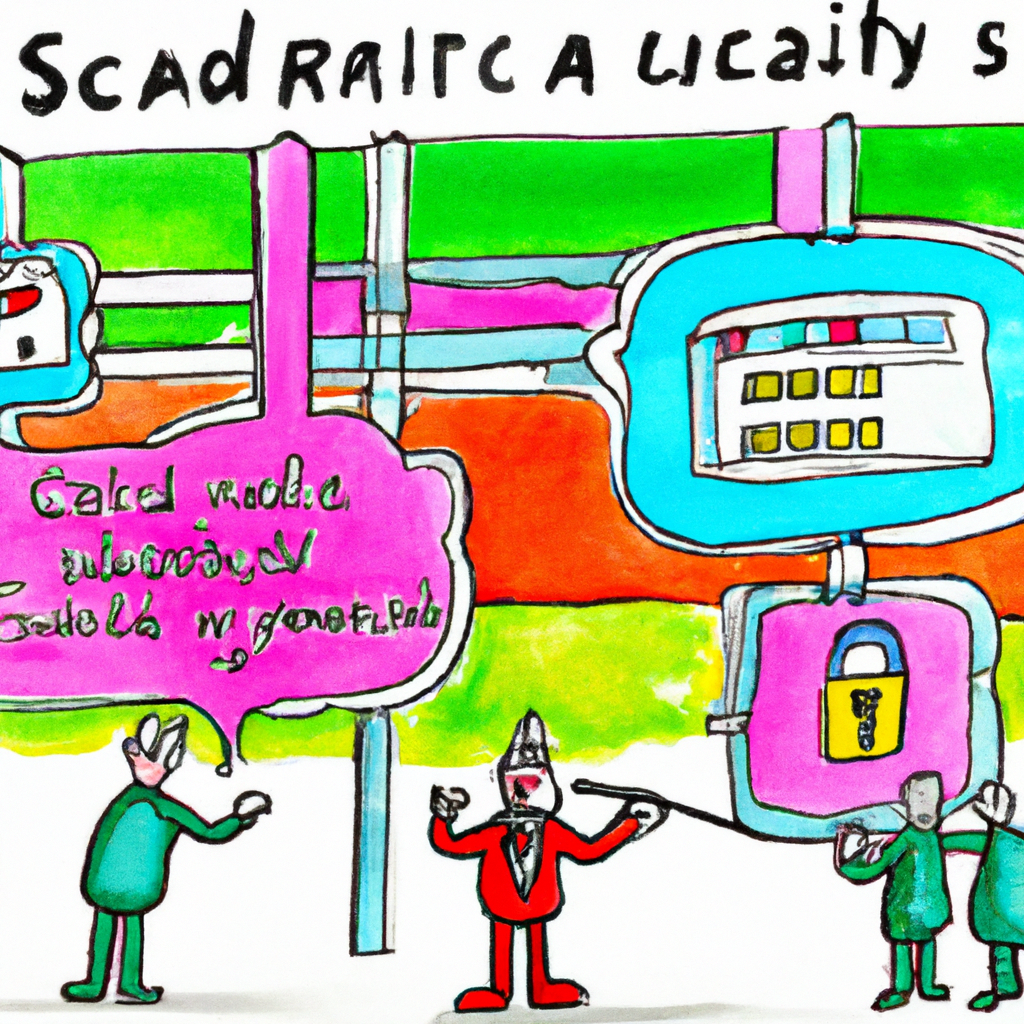Supervisory Control and Data Acquisition (SCADA) systems are integral to the functioning of numerous industries, including water treatment, oil and gas, power generation, and transportation. These systems monitor and control industrial processes, ensuring smooth operations. However, as with any technology, SCADA systems are not immune to security threats. Understanding the importance of security in SCADA systems is crucial to safeguarding critical infrastructure and maintaining operational integrity.
SCADA Systems and Cybersecurity
SCADA systems were initially designed for reliability and safety, with less emphasis on security. However, the advent of cyber threats has necessitated a shift in focus. Cybersecurity in SCADA systems is now a top priority, as these systems control critical infrastructure that, if compromised, could lead to significant disruptions, financial loss, and even potential harm to human life.
The importance of security in SCADA systems is underscored by the potential consequences of a breach. A successful attack could result in unauthorized control of the system, leading to operational disruptions or shutdowns. In worst-case scenarios, it could cause catastrophic failures, such as a power grid blackout or a chemical spill. Moreover, the recovery from such incidents can be costly and time-consuming.
IoT and Increased Risks
The rise of the Internet of Things (IoT) has further amplified the need for robust SCADA security. As more devices become interconnected, the attack surface for potential hackers expands. Cybercriminals can exploit vulnerabilities in these devices to gain access to SCADA systems, making it imperative to secure not only the systems themselves but also the devices connected to them.
SCADA Security Strategies
Implementing robust security measures in SCADA systems involves several steps. First, organizations must conduct regular risk assessments to identify potential vulnerabilities. This includes evaluating the security of hardware, software, and network configurations. Regular patching and updating of systems is also crucial to protect against known vulnerabilities.
Organizations should employ defense-in-depth strategies. This involves multiple layers of security controls, ensuring that if one layer is breached, others remain to protect the system. These controls can include firewalls, intrusion detection systems, and strong authentication protocols.
Foster a culture of security awareness. Employees should be trained on the importance of SCADA security and best practices to maintain it. This includes recognizing phishing attempts, using strong passwords, and reporting suspicious activities.
Have an incident response plan in place. In the event of a breach, swift action is necessary to mitigate damage and restore normal operations. This plan should outline the steps to be taken, roles and responsibilities, and communication strategies.
The importance of security for SCADA systems cannot be overstated. As these systems control critical infrastructure, their compromise could have far-reaching consequences. By understanding the potential risks and implementing robust security measures, organizations can protect their SCADA systems and ensure the continuity of their operations. As technology continues to evolve, so too must our approach to SCADA security, ensuring we stay one step ahead of potential threats.

